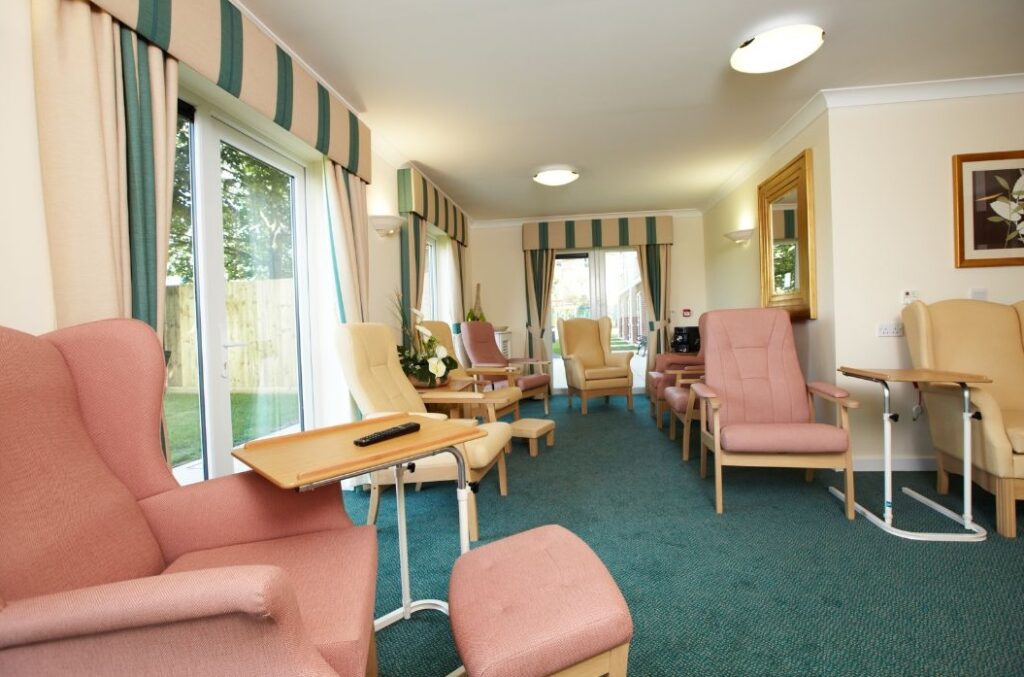Do you or a loved one have a terminal illness? If so, you or they will require medical, emotional, and practical support. Hospice care isn’t the only option.
Discover different types of professional end-of-life support to help manage symptoms and daily living.
Palliative Care

Palliative care is a specialised form of healthcare that strongly emphasises alleviating the physical, emotional, and psychological burdens associated with severe illnesses.
Its primary objective is to enhance the overall quality of life for individuals facing life-threatening conditions and to offer comprehensive support to their families.
Its flexibility sets palliative care apart; it can be seamlessly integrated at any stage of a severe illness, parallel to curative or life-prolonging treatments. In contrast to hospice care, which is typically reserved for those with a prognosis of six months or less to live, palliative care extends its reach beyond end-of-life scenarios.
While palliative care services are commonly available within hospital settings, care agencies like IP Live-in Care can also meet the end-of-life needs of patients in the comfort of their homes with palliative live-in care. This is an effective solution for those who prefer to receive care in familiar surroundings.
In the next section, we look more in-depth at what live-in care is.
Live-In Care

Live-in care is a distinctive form of home support that involves a carer residing in the home of the person receiving assistance.
Unlike other types of home care, short or long-term live-in care is not exclusively reserved for individuals facing serious illnesses; it is a comprehensive solution for those requiring support due to factors such as age, disability, or other conditions.
The hallmark of live-in care is the uninterrupted presence of a carer within the individual’s home, creating a sense of security and reassurance for both the recipient of care and their family.
This continuous support extends beyond traditional working hours, with the carer available day and night to address the diverse needs of the individual.
Live-in care encompasses a wide range of services, including personal care, companionship, meal preparation, medication management, and assistance with activities of daily living.
Care Homes

Live-in care vs nursing homes, which is best? Let us explore nursing homes and care homes and the type of support they offer.
Care homes and nursing homes (often used interchangeably, although they have some differences) provide specialised and skilled care tailored to individuals with long-term conditions or restricted mobility.
Typically designed for those needing continuous medical attention, nursing homes and care homes offer residents a structured and supportive environment. However, the communal living setting and scheduled routines in these establishments may result in residents experiencing reduced independence and autonomy.
Despite this, care/nursing homes strive to accommodate varying levels of individual needs, ranging from assistance with activities of daily living (ADLs) to comprehensive medical care and, at times, rehabilitation services.
The nature of care in residential and nursing homes is inherently group-oriented, with services tailored to a collective group of residents. While efforts are made to personalise care plans and activities, the shared living environment may limit the degree of individualisation possible.
Nevertheless, care/nursing homes remain vital institutions, providing essential support and a sense of community for individuals requiring specialised care and attention.
Family Care

Family carers, often called unpaid carers, provide care to a relative within the familiar confines of their home, leveraging a deep emotional connection that fosters trust and familiarity.
However, the demands of caregiving can take a toll on family carers, both physically and emotionally.
Providing care within the home setting, especially for individuals with mobility issues or complex health challenges, can be physically demanding. Witnessing a loved one’s illness or decline adds an emotional burden that can be overwhelming.
Family carers must balance caregiving and other responsibilities, including work and personal life, leading to fatigue and potential burnout. The emotional stress associated with caregiving and feelings of guilt or sadness can impact the carer’s well-being.
The challenges are compounded by limited time for personal pursuits, leisure activities, and professional commitments.
That being said, IP Live-in Care offers respite care to provide support for unpaid carers.
By giving a temporary break for unpaid carers, respite care ensures they receive the necessary time to maintain their own physical and emotional well-being, a topic explored further in the next section.
Respite Care

Respite care is a crucial support system for family carers, offering them a reprieve from their caregiving responsibilities.
This form of care is flexible, assisting as and when needed, allowing family members the essential time to attend to work commitments or engage in much-needed self-care.
Recognising that unpaid carers must care for themselves to provide adequate support for their relatives, respite care becomes vital in maintaining the well-being of both the carer and the care recipient.
Respite care can take various forms, ranging from short-term breaks to more extended periods, and it can be tailored to meet specific needs, whether it’s a few hours of support each day or continuous, around-the-clock assistance.
This diversity in respite care options ensures that unpaid carers have the flexibility to choose the level of support that best suits their circumstances, promoting a balanced approach to caregiving and fostering a healthier caregiving dynamic.
Now you understand some alternatives to hospice care.
Remember, the type of care you choose should be suitable to the needs of you or your loved one. If you or a relative wish for long-term, specialised support within a familiar and comfortable environment, arrange live-in care today.
